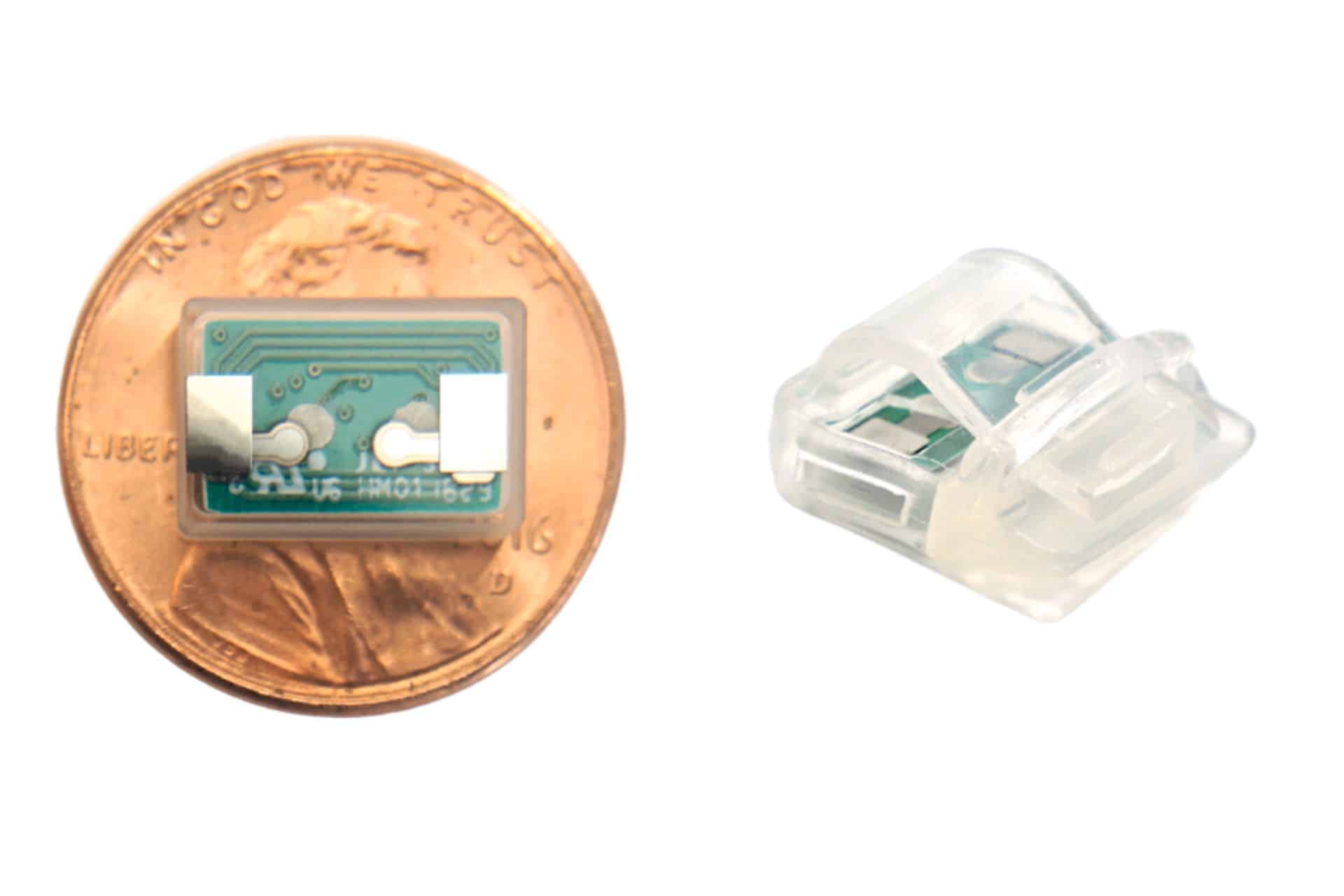

A new clinical trial led by researchers in Texas has shown that vagus nerve stimulation, combined with traditional therapy, may eliminate symptoms of post-traumatic stress disorder (PTSD) in patients who have not responded to standard treatments.
In the study, nine participants who received the treatment no longer met the criteria for PTSD up to six months after completing therapy. The findings were published March 15 in the journal Brain Stimulation.
The Phase 1 trial was conducted by the Texas Biomedical Device Center located at The University of Texas at Dallas (UT Dallas) in collaboration with the Baylor Scott & White Research Institute.
Dr. Michael Kilgard, a neuroscience professor at UT Dallas, referred to the results as unprecedented. “In a trial like this, some subjects usually do get better, but rarely do they lose their PTSD diagnosis. Typically, the majority will have this diagnosis for the rest of their lives,” he said.
Post-traumatic stress disorder, or PTSD, is a mental health condition triggered by exposure to a traumatic event. These events may include combat, serious accidents, natural disasters, various forms of violence, or the sudden loss of a loved one.
Not everyone who experiences trauma will develop PTSD. However, for those who do, the symptoms have the potential to interfere with daily life, leading to flashbacks, anxiety, or a constant sense of impending danger.
Pharma isn’t telling you this:
But your VAGUS NERVE is the secret key to stop chronic stress.
This hidden nerve:
• Lowers your heart rate
• Reduces fear and panic
• Calms your nervous systemHere are 13 science-backed ways to activate it and eliminate stress fast:
pic.twitter.com/zerg0S3gpA
— Thomas (@thebrainrecode) April 13, 2025
The US Department of Veterans Affairs estimates that about six percent of Americans will experience PTSD at some point in their lives, while five percent of adults are affected in any given year. This translates to roughly thirteen million Americans living with PTSD in 2020.
Women are more likely than men to develop the condition, with eight percent of women experiencing PTSD at some point in their lifetime compared to four percent of men. This is in part due to the types of trauma women are more likely to encounter. Veterans, particularly those deployed to war zones are also at a higher risk for PTSD.
Many people recover with treatment, but some continue to struggle, especially if they do not respond to therapy or medication. For these individuals, new treatment options are urgently needed.
In this study, researchers paired prolonged exposure therapy, a standard PTSD method that helps patients gradually face distressing memories, with gentle nerve stimulation. A small device implanted in each participant’s neck delivered short bursts of stimulation during therapy sessions.
The treatment lasted for twelve sessions. Researchers then monitored participants for six months. All nine continued to show lasting improvement.
Kilgard said it is the largest clinical trial to date in which an implanted device for PTSD treatment was utilized.
The work builds on more than a decade of research at the Texas Biomedical Device Center. The team had previously shown that pairing nerve stimulation with physical therapy helps stroke survivors regain movement by supporting the brain’s ability to rewire itself. That earlier research led to FDA approval for stroke-related rehabilitation.
Vagus Nerve Stimulation Erases PTSD
A groundbreaking clinical study paired vagus nerve stimulation (VNS) with traditional prolonged exposure therapy to treat patients with treatment-resistant PTSD.
Remarkably, all nine participants no longer met the criteria for PTSD up to six… pic.twitter.com/3pn50laWPh
— Neuroscience News (@NeuroscienceNew) May 6, 2025
Dr. Seth Hays, director of preclinical research at the center and associate professor of bioengineering at UT Dallas, has been involved in the project from the very beginning.
“It’s been an incredibly rewarding experience to see this technology evolve from early discovery experiments in the lab to clinical benefits in patients,” Hays said.
“This whole process truly highlights the value of team-based science,” he concluded.
The device used in the study was developed by Dr. Robert Rennaker, a professor of neuroscience and bioengineering at UT Dallas. Over the last decade, he has designed a series of smaller and more affordable stimulation devices.
“The device is about 50 times smaller than our version from just three years ago,” Rennaker said. “And they don’t interfere with typical medical care; you can have an MRI, a CT scan or an ultrasound.”
So far, 49 people in the Dallas area have received the implant. Together, they have over one hundred years of combined experience using it. According to Rennaker, there have been no device-related complications.
A Phase 2 pilot study is now underway in Dallas and Austin. This stage of the research is double-blind and placebo-controlled, a standard approach for confirming early findings in which both participants and doctors (or researchers) are unaware of what type of treatment was used until after the study.
Dr. Mark Powers, a licensed clinical psychologist and director of the Trauma Research Center at Baylor Scott & White, served as lead author of the study. He said the nerve stimulation has changed how he treats PTSD.
Current therapies help many, but only 40 percent of patients fully recover. About 20 percent stop treatment early. Powers believes vagus nerve stimulation could offer a much-needed option for those who don’t get better with therapy alone.
Other contributors to the study included Dr. Jane Wigginton, Amy Porter, and Holle Carey Gallaway from UT Dallas, along with researchers from Southern Methodist University, UT Austin, and Baylor Scott & White Health.
